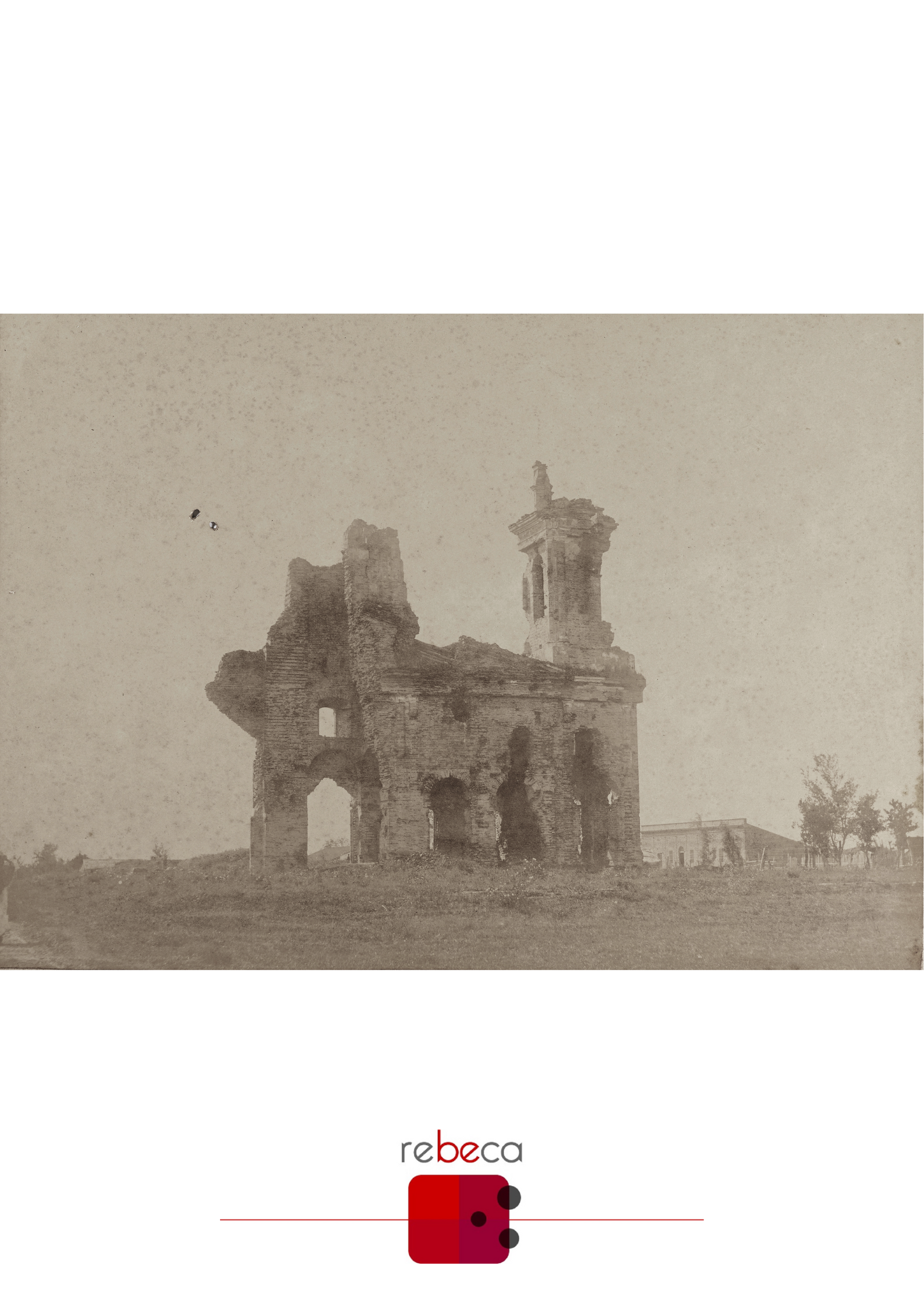An epic of terror in contemporary cinema
The Northman (2022) and the construction of atmosphere
DOI:
https://doi.org/10.22475/rebeca.v13n1.937Keywords:
Epic cinema, Horror, Robert Eggers, DramaAbstract
This essay presents a critical reading of the film The Northman (2022) considering the characteristics of its genre (epic) in cinema and ways to redefine its codes, as well as the dialogues established with it. We propose that Robert Eggers' film accomplishes this through the construction of an atmosphere on horror. We also consider the dialogue with the history of drama as a way to contribute to this atmosphere by exploring some characters and characteristic moments of the terrifying pathos in drama (from the classical Greek period to Shakespeare), at the same time that the old archetypes are challenged with new developments of differentiated places of meaning for the characters.
Downloads
References
AUERBACH, Erich. Mimesis: a representação da realidade na literatura ocidental. Tradução de George Bernard Sperber. 7. ed. rev. e amp. São Paulo: Perspectiva, 2021.
ASTRUC, Alexandre. O que é a mise en scène? In: Cahiers du Cinéma, nº 100. Tradução de Matheus Cartaxo. Outubro/1959, p. 13-16. Disponível em: focorevistadecinema.com.br/FOCO4/miseenscene.htm. Acesso em: 22 jul. 2022.
BAKHTIN, Mikhail. Epos e romance: sobre a metodologia do estudo do romance. In: ______. Questões de literatura e de estética: a teoria do romance. Tradução de Aurora Bernardini F. et al. 5ª ed. São Paulo: UNESP-HUCITEC, 2002.
BAUDELAIRE, Charles. O pintor da vida moderna. In: ______. Poesia e Prosa. Rio de Janeiro: Nova Aguilar, 2006.
BLOOM, Harold. A angústia da influência: uma teoria da poesia. Rio de Janeiro: Imago, 1991.
BOTTING, Fred. Gothic. London; New York: Routledge, 1996.
BRAMESCO, Charles. Robert Eggers: ‘This is me trying to do Conan the Barbarian by way of Andrei Rublev’. [s.l.], 12 abr. 2022, Litte White Lies – revista. Disponível em: https://lwlies.com/interviews/robert-eggers-the-northman/. Acesso em: 14 fev. 2024.
BURKE, Edmund. Uma investigação filosófica sobre a origem de nossas ideias do sublime e do belo. Tradução de Enid Abreu. Campinas: Editora da UNICAMP, 2013.
CHESTERTON, Gilbert Keith. Ortodoxia. Tradução de Raul Martins e Mário Lucas Carbonera. Porto Alegre: Sociedade Chesterton Brasil, Instituto Hugo de São Vítor, 2021.
CONAN the barbarian. Direção: John Milius. Produção: Buzz Feitshans; Rafaela De Laurentiis. Universal Pictures; Dino De Laurentiis Company, 1982. 1 DVD, 129 min., son., color. Digital.
CORTÁZAR, Julio. Alguns aspectos do conto. In: Valise de Cronópio. 2ª ed. São Paulo: Perspectiva, 2006.
KERMODE, Frank. The sense of an ending: studies in the theory of fiction. Oxford: Oxford University Press, 1967.
MCKEE, Robert. Story: substância, estrutura, estilo e os princípios da escrita de roteiro. Tradução de Chico Marés. Curitiba: Arte & Letra, 2006.
METZ, Christian. A significação no cinema. Tradução e posfácio de Jean-Claude Bernardet. São Paulo: Perspectiva, 1972.
POE, Edgar Allan. A filosofia da composição. In: ______. Edgar Allan Poe: medo classico: coletânea inédita de contos do autor. Tradução de Marcia Heloisa Amarante Gonçalves. 1ª ed. vol. 1. Rio de Janeiro: DarkSide Books, 2017.
PUNTER, David. Gothic Origins: The Haunting of the Text. In: ______. Gothic Pathologies: The Text, the Body and the Law. Basingstoke, UK: Macmillan, 1998.
SHAKESPEARE, William. Hamlet. Tradução de Péricles Eugênio da Silva Ramos. São Paulo: Abril Cultural, 1976.
______. Macbeth. In: ______. Romeu e Julieta; Macbeth; Otelo, o Mouro de Veneza. Tradução de Beatriz Viégas-Faria. São Paulo: Nova Cultural, 2003.
______. Titus Andronicus. In: DOVER WILSON, John (Ed.). The Cambridge Dover Wilson Shakespeare. 1ª ed. vol. 35. Cambridge, New York: Cambridge University Press, 1968.
THE NORTHMAN. Direção: Robert Eggers. Produção: Mark Huffam; Lars Knudsen (et al.). New Regency, 2022. 1 Blu-Ray, 137 min., son., color. Digital.
Downloads
Published
Issue
Section
License
Copyright (c) 2024 Luis Guilherme Comar Freza

This work is licensed under a Creative Commons Attribution 4.0 International License.
1. Authors retain the copyright and grant the journal the right of first publication, with the work simultaneously licensed under theCreative Commons Attribution License, which allows the sharing of work with acknowledgment of authorship and initial publication in this journal.
2. Authors are authorized to take additional contracts separately, for non-exclusive distribution of the version of the work published in this journal (e.g. publish in institutional repository or as a book chapter), with acknowledgment of authorship and initial publication in this journal.
This work is licensed under a Creative Commons Attribution-NonCommercial-ShareAlike 3.0 Unported License.
CC BY-NC-SA
This license allows others to remix, adapt, and create from your work for non-commercial purposes, provided they credit you and license new creations under identical terms.
You are free to:
● Share — copy and redistribute the material in any medium or format.
● Adapt — remix, transform, and build upon the material.
The licensor cannot revoke these freedoms as long as you follow the license terms:
● You must give appropriate credit, provide a link to the license, andindicate if changes were made. You may do so in any reasonable manner, but not in any way that suggests the licensor endorses you or your use.
● You may not use the material for commercial purposes.











